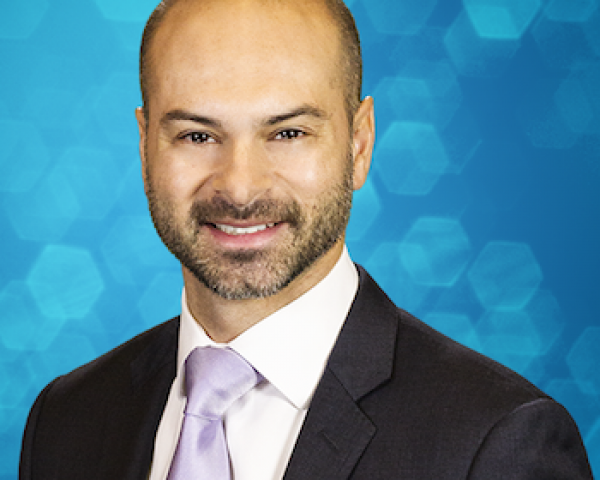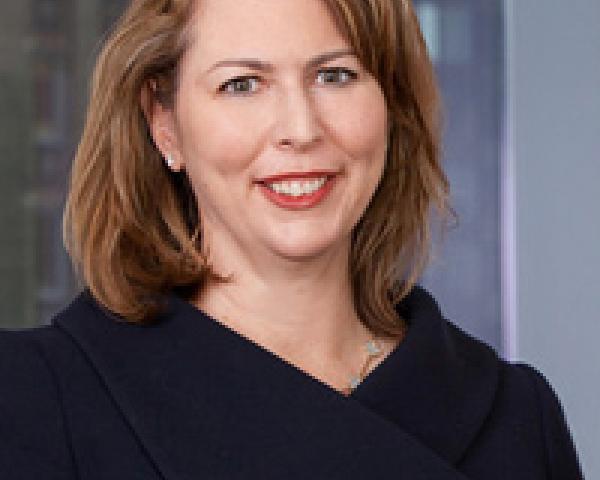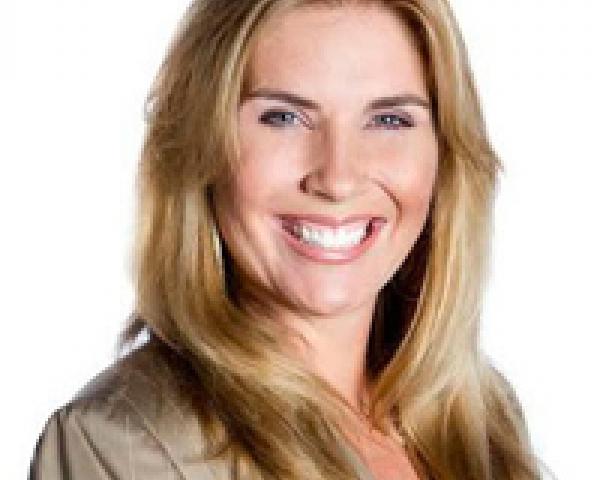Late in the 18th century, at the dawn of the Industrial Revolution, a young mechanic named Ned Ludd became famous for destroying two machines. His actions spawned an anti-technology movement that lasted into the early 19th century. Adherents of that movement became known as Luddites, a term that is used to this day to describe an individual or group of people who are against technological progress. As technology has continued to advance, modern-day Luddites have materialized. In today’s increasingly connected world, there are already those that go “off-the-grid,” or at least sympathize with the idea. Since we are on the verge of connecting and automating virtually anything you can imagine, it is worthwhile to ponder the possibility of segments that will oppose this progress or just rebel outright. What will this mean for society and the insurance industry?
First, it is important to explore just how connected the world is becoming. In addition to smart home devices, drones, and connected cars that are receiving so much attention, there are smart things and solutions to address every facet of life. Even items such as toothbrushes, underwear(!), and patio umbrellas have smart versions that are collecting real-time data about their usage and their surroundings. More and more of the world is being monitored, analyzed, and automated.
See also: It’s Time to Act on Connected Insurance
Increasingly, these smart things are being powered by artificial intelligence which allows the connected things to become animated – taking action without any human intervention. This is leading some people to fear job loss, intrusions into privacy, and in the worst case future scenarios, machine overlords à la The Terminator series. While there are many potential benefits of emerging tech advances for society, it is not difficult to see why there are a growing number of people that fear the prospect of a connected world. Some of these are modern-day Luddites with irrational fears, but others raise important concerns that society must address.
There are a number of key considerations for insurers regarding these concerns and individuals.
- Customer segmentation: Insurers recognize that smart technologies have great potential to improve safety and security across many situations, lowering the risk for individual and business customers. New products and services, fueled by new partnerships, will be increasingly offered by insurers. At the same time, the actual adoption uptake for connected technologies is still an unknown. There may be large segments of the population that will make the conscious choice not to be connected, and insurers will have to continue to accommodate their needs too.
- The insurtech movement: Much of the insurtech movement is based on the increasing connectivity and data generated by connected things. Approximately 30% of the 900+ insurtech startups tracked by SMA fall directly into the connected world space, in areas like connected vehicles, smart homes, connected commercial, or connected life and health solutions. Another 14% are digital data/analytics firms. Many of those provide capabilities for insurers to use the new, real-time data sources to gain insights for underwriting, loss control, claims, or other business areas. Although many of these startups are likely to fail, others will succeed and have a key role in reshaping the insurance industry.
- A digital divide: One scenario predicted by some is a dichotomy between urban and rural environments. The urban centers are more likely to be highly connected, with vehicles, buildings, infrastructure, and medical and educational facilities all contributing to a smart city environment. Rural settings may be relatively unconnected, as the value is questioned by individuals and small businesses and the desire for independence trumps the benefits of connected technology. Insurers should factor in the potential for a growing digital divide between cities and rural environments.
- Customer interactions: Insurers already have difficulty convincing customers to go green by converting to electronic documents and communications. For lots of them, this is unlikely to change overnight due to the feeling that their electronic footprint is already greater than they would like it to be. Many new ways to communicate with policyholders and agents are being introduced, and insurers are already taking advantage of these. But, not everyone will want to opt-in for these types of interactions.
- A back-to-nature movement is already evident for some individuals that are looking for a simpler, healthier lifestyle. This has driven part of the transformation in the agriculture and the grocery sectors.
Insurers are likely to see implications across many industry verticals as certain segments choose to be unconnected in the future.


















